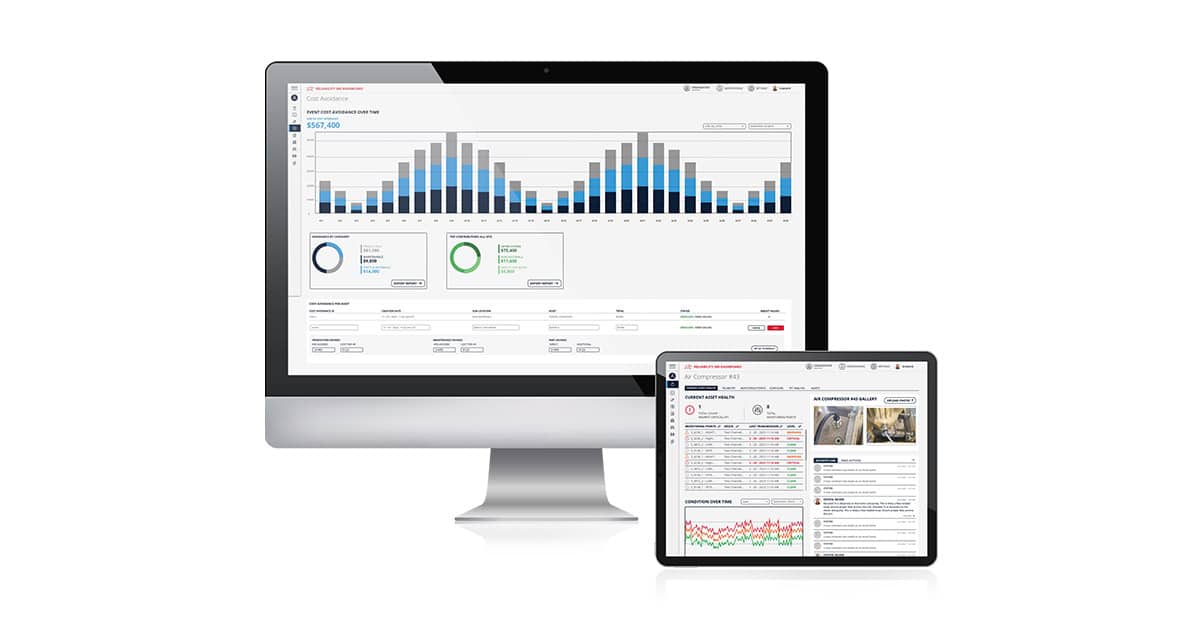Like so many other industries, manufacturing has become increasingly data-driven in its processes and decision-making — and the introduction of sensors in manufacturing is a key reason for this change. While introducing new technology and processes involves some inherent challenges, the benefits of sensor technology will enable manufacturing facilities and organizations to remain competitive by increasing productivity, decreasing downtime and creating greater efficiency in maintenance operations. In this article, we’ll summarize key findings of a Forrester Research study commissioned on our behalf and take a deep dive into the current and future roles of sensors in manufacturing and how they help improve maintenance efficiency.
They are as follows:
Industrial companies are interested in integrating IIoT technology, including sensors.
85% of companies consulted for this study predict that within five years, data-driven decision-making will become a key aspect of maintenance. Because of this prediction, half of these companies indicated they are increasing maintenance budgets to improve and upgrade maintenance-related programs and technology. Thus, the challenges discussed below are not primarily a result of a lack of knowledge or willingness to introduce new technology, but a matter of technology implementation.
More companies are retrofitting equipment than purchasing brand-new.
Connected, smart manufacturing equipment with built-in sensors is available for purchase today. However, it is not feasible for most facilities to upgrade to new equipment until absolutely necessary. Most facilities turn instead to retrofits and stand-alone sensors that can be integrated with existing machinery.
IIoT remote sensors are expected to be the main drivers of change.
The availability of remote sensors, which can collect and transmit data on how older machines are being used, is driving the adoption of data-driven decision-making. These remote sensors allow facilities to experience the benefits of sensor technology without purchasing new equipment.
Facilities experience issues gaining buy-in from existing personnel.
According to the study, 35% percent of facilities experience issues with personnel who trust instinct over data, and 39% report difficulty finding employees who are more accustomed — and receptive — to working with the large amounts of data sensors collect. Combine this with the 40% of facilities that experience trouble effectively integrating sensors, and it is clear there is a skills gap holding back adoption of this key benefit.
There are numerous types of sensors used in manufacturing, which can create confusion.
One issue in integrating sensors into existing processes using existing personnel. The technology is complicated and abundant. Fully half of respondents use seven or more types of sensors, and 86% use 5 or more. Types of sensors used in manufacturing include vibration, pressure, temperature and others. With all these types, makes and models, it can be difficult to narrow down what you really need.
With sensors, advantages and disadvantages exist.
These challenges mean there are disadvantages to sensors as well as potential benefits. If you decide to install sensors at your facility and your staff is not comfortable utilizing them, they will not be used to the full extent of their potential — or at all — and will become a sunk cost. Successfully implementing sensors requires a strategy that includes the right personnel, training, maintenance culture revitalization and other holistic changes to existing processes.
With the right personnel, sensors can benefit facilities.
As indicated above, firms are aware that sensors are the future of industrial maintenance — and that now is the time to begin integrating them into their equipment and processes. The real challenge is finding or training the right personnel to effectively utilize this technology. When implemented properly and staff is adequately trained on their functions, sensors can yield major benefits by reducing downtime, improving the way equipment is used, managing maintenance and increasing equipment effectiveness and facility productivity.
ATS is a pioneer in outsourced maintenance and an expert in the latest predictive maintenance technology, including sensors. We are available to help implement maintenance practices involving sensors and can provide the skilled maintenance personnel you need to help you get the most out of your investment. For more information about our services, contact us today.
Download the full commissioned study conducted by Forrester Consulting on behalf of ATS here.


